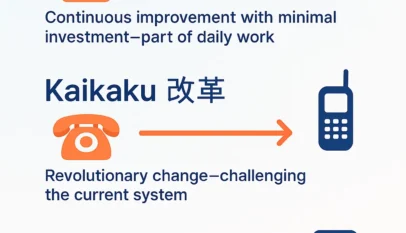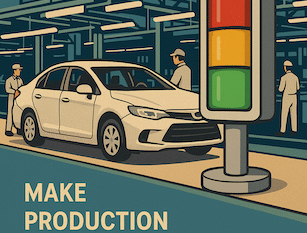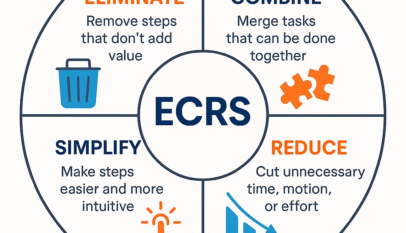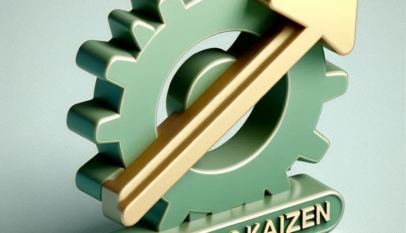Introduction Maintenance is a critical component of any organization’s operational strategy. Keeping equipment and systems running efficiently without unnecessary interruptions requires a well-thought-out approach. This is where Reliability-Centered Maintenance (RCM) steps in. RCM helps organizations determine the most appropriate maintenance strategies based on the importance and operational requirements of each part of a system. The ultimate goal is to keep everything running smoothly while avoiding unexpected breakdowns. In this post, we’ll dive deep into the four main types of maintenance under RCM and explore how they contribute to overall reliability and efficiency.
1. Reactive Maintenance Reactive maintenance is often referred to as a ‘fix it after it breaks’ approach. It deals primarily with small, non-critical items that don’t impact the overall system if they fail. While it’s a simple and low-cost approach, reactive maintenance can lead to increased downtime if applied to critical components. Because it focuses on repairs after failure, this type of maintenance is typically only used in situations where the consequences of failure are minimal or where parts are redundant.
Key Takeaways:
- Characteristics: Simple, deals with small items, no regular monitoring, and minimal planning.
- Benefits: Cost-effective for non-critical parts and avoids unnecessary monitoring efforts.
2. Preventive Maintenance Preventive maintenance is a more proactive approach. Scheduled tasks are performed based on known failure patterns and targets components that are subject to wear-out. This type of maintenance includes consumable replacements and extends the equipment’s lifespan by ensuring potential failures are caught early. The main advantage of preventive maintenance is that it can be budgeted and planned in advance, reducing unexpected equipment failures.
Key Takeaways:
- Characteristics: Includes scheduled tasks, consumable replacements, and focuses on known failure patterns.
- Benefits: Reduces unexpected downtime, extends lifespan, and improves system reliability.
3. Predictive Maintenance Predictive maintenance takes things one step further by using data-driven predictions to monitor equipment conditions. This method aims to minimize downtime by predicting failures before they occur. It’s particularly effective for parts with random failure patterns that are not subject to wear-and-tear. By using real-time data, predictive maintenance allows for optimized resource allocation and helps avoid unnecessary maintenance activities.
Key Takeaways:
- Characteristics: Data-driven, reduces unnecessary maintenance, and aims to prevent PM-induced failures.
- Benefits: Increases operational efficiency, minimizes downtime, and optimizes resources.
4. Proactive Maintenance Proactive maintenance aims to address the root causes of equipment failure and ensure continuous improvement. It involves methodologies like Root Cause Failure Analysis (RCFA), Age Exploration, and Failure Modes and Effects Analysis (FMEA). By focusing on understanding and correcting underlying issues, proactive maintenance enhances the overall reliability of systems and reduces long-term costs.
Key Takeaways:
- Characteristics: Focuses on root causes, uses RCFA and FMEA, and promotes continuous improvement.
- Benefits: Enhances performance, reduces costs, and improves safety.
Conclusion Reliability-Centered Maintenance (RCM) allows organizations to focus their maintenance efforts where they are needed most. By understanding the different types of maintenance – reactive, preventive, predictive, and proactive – businesses can reduce downtime, maximize reliability, and avoid wasting resources on unnecessary tasks. Whether you’re just starting with RCM or looking to refine your maintenance strategy, embracing these principles will lead to better resource allocation, improved efficiency, and long-term success.

















